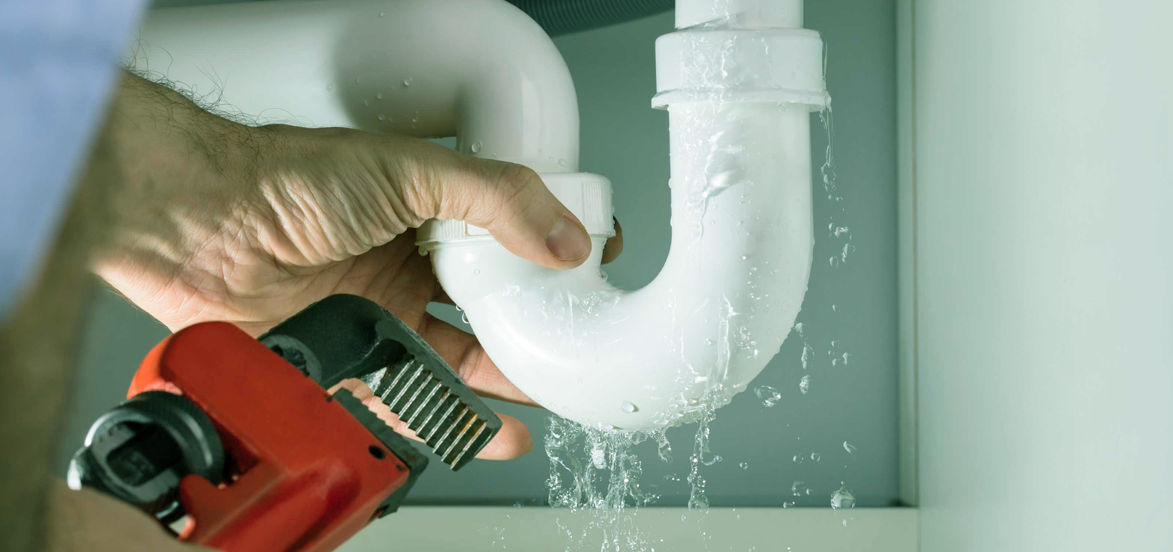Just how to Examine If Your Residence Has a Surprise Leakage
Just how to Examine If Your Residence Has a Surprise Leakage
Blog Article
We've discovered this post pertaining to Top leak detection hacks below on the net and thought it made perfect sense to talk about it with you on my blog.

Early discovery of leaking water lines can alleviate a potential calamity. Some tiny water leaks might not be noticeable.
1. Analyze the Water Meter
Examining it is a surefire way that helps you find leakages. If it moves, that indicates a fast-moving leakage. This indicates you might have a slow-moving leakage that could even be below ground.
2. Examine Water Consumption
If you identify sudden modifications, in spite of your consumption being the very same, it means that you have leaks in your plumbing system. An unexpected spike in your bill indicates a fast-moving leak.
A steady rise every month, even with the exact same behaviors, reveals you have a slow leakage that's additionally gradually intensifying. Call a plumber to thoroughly examine your residential or commercial property, especially if you really feel a warm location on your floor with piping below.
3. Do a Food Coloring Test
30% comes from commodes when it comes to water usage. Examination to see if they are running effectively. Drop specks of food shade in the container and wait 10 mins. If the color somehow infiltrates your bowl during that time without flushing, there's a leakage in between the storage tank and dish.
4. Asses Outside Lines
Don't fail to remember to inspect your outside water lines also. Should water seep out of the connection, you have a loose rubber gasket. One tiny leak can waste lots of water as well as surge your water expense.
5. Examine as well as Evaluate the Situation
Home owners must make it a habit to check under the sink counters as well as even inside closets for any type of bad odor or mold development. These 2 red flags indicate a leak so timely focus is required. Doing regular assessments, even bi-annually, can save you from a significant issue.
If you understand your home is already old, maintain a careful eye on your heaters, hose pipes, pipelines and so on. Look for stainings as well as weakening as many pipes as well as home appliances have a life expectancy. They will likewise naturally weaken because of tear and wear. If you think leaking water lines in your plumbing system, do not await it to intensify. Call a professional plumber as soon as possible so you don't end up with a dreadful mess in your house.
Early discovery of leaking water lines can minimize a potential catastrophe. Some small water leaks might not be visible. Checking it is a surefire means that helps you discover leakages. One little leakage can waste heaps of water and also increase your water costs.
If you suspect dripping water lines in your plumbing system, do not wait for it to escalate.
WARNING SIGNS OF WATER LEAKAGE BEHIND THE WALL
PERSISTENT MUSTY ODORS
As water slowly drips from a leaky pipe inside the wall, flooring and sheetrock stay damp and develop an odor similar to wet cardboard. It generates a musty smell that can help you find hidden leaks.
MOLD IN UNUSUAL AREAS
Mold usually grows in wet areas like kitchens, baths and laundry rooms. If you spot the stuff on walls or baseboards in other rooms of the house, it’s a good indicator of undetected water leaks.
STAINS THAT GROW
When mold thrives around a leaky pipe, it sometimes takes hold on the inside surface of the affected wall. A growing stain on otherwise clean sheetrock is often your sign of a hidden plumbing problem.
PEELING OR BUBBLING WALLPAPER / PAINT
This clue is easy to miss in rooms that don’t get much use. When you see wallpaper separating along seams or paint bubbling or flaking off the wall, blame sheetrock that stays wet because of an undetected leak.
BUCKLED CEILINGS AND STAINED FLOORS
If ceilings or floors in bathrooms, kitchens or laundry areas develop structural problems, don’t rule out constant damp inside the walls. Wet sheetrock can affect adjacent framing, flooring and ceilings.
https://www.servicemasterbyzaba.com/blog/how-to-detect-water-leakage-in-walls/

Do you really like more info about Leaking water lines? Put a remark further down. We will be interested to listen to your thinking about this write up. In hopes that you visit us again later on. Do you know anybody else who is occupied with the subject? Take a moment to promote it. Thanks a bunch for your time. Kindly visit our site back soon.
Report this page